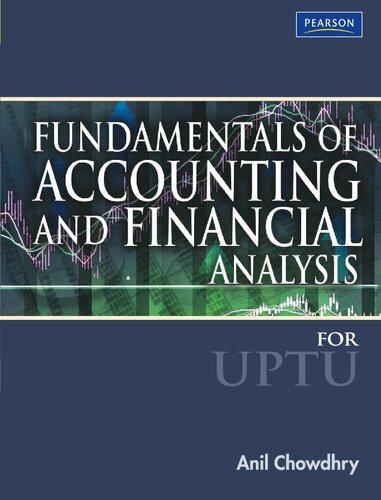Question
You are a retailer selling a certain item. Demand is for 418 per month. The supplier charges $5.20 per unit plus a processing fee of
You are a retailer selling a certain item. Demand is for 418 per month. The supplier charges $5.20 per unit plus a processing fee of $10.60 per order. Insurance costs are $3.80 per unit plus $2.90 per order in transit (i.e., during shipping), plus 6.0% of stock value annually during storage. (Stock value includes all per-unit expenses incurred in acquiring the stock.) The effective interest rate on capital tied up in stock is 4.0%. No shortages should occur.
Determine the value of the parameter A.
Determine the value of the parameter k.
Determine the value of the parameter h.
Determine the value of the parameter c.
Determine the value of the parameter p.
Determine the optimal order quantity Q*.
Determine the total relevant annual cost of the optimal inventory policy. Answer
Explanatory Note to Inventory Quiz To identify the parameters used in inventory model, it is good to look at the definition of each of the parameter used in the inventory model. First of all there are two Inventory models: 1. Simple Inventory Model (no shortages are allowed; no backordering): [Comment: see the rest of assumptions on p. 9 of lecture notes Module 3 Inventory] In most of the questions annual demand A and purchase cost c per item are generally easy to identify. k is the cost of placing one order, irrespective of the number of items being ordered. For example, if the supplier would charge a processing fee and shipping cost for each order, then even if you order an empty crate there would be an ordering cost. k= (processing fee + shipping cost) per order. Before trying to calculate h, the holding cost per dollar per year, it is better to look at the cost per item C. This might be the tricky part as you need to look at it as the cost per item. Therefore, C should be viewed as not only the purchase price of each item, but can also include shipping or transport cost per item. h Th interest rate is generally given as a percentage and therefore, it is per dollar per year. But the storage cost or warehousing cost might be given as say $2.10 per item per month. For one year this will cost 12 * $2.10 to keep one item in storage. This $25.20 is paid annually for every $C (cost of item) worth of inventory. Then h = ($25.20/C) + interest rate. 2a. Backorder Model with Shortages Allowed [see for explanation of parameter 'p' p. 27 and Examples 4 and 5, Module 3 Inventory] We have the additional parameter in model 2a, the backorder penalty, p this is the annual cost ($) for one item short (i.e. annual penalty ($) for being one item short ). 2b. Backorder Model with Shortages Allowed and Specifying a Service Level (L) [for parameters see p. 36-37 and Example 6, Module 3 Inventory] L the proportion of time the stock is on hand. In 2b: The service level L affects the backorder penalty which is replaced by imputed shortage penalty pimp (the higher imputed shortage penalty (p) implies the higher service level (L)). But you might have many other relevant notions coming into play in the quiz problems, so, pay attention to all the information given while solving the problem.
Step by Step Solution
There are 3 Steps involved in it
Step: 1

Get Instant Access to Expert-Tailored Solutions
See step-by-step solutions with expert insights and AI powered tools for academic success
Step: 2

Step: 3

Ace Your Homework with AI
Get the answers you need in no time with our AI-driven, step-by-step assistance
Get Started


